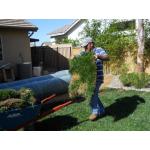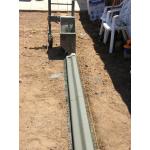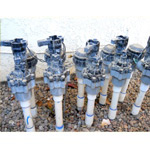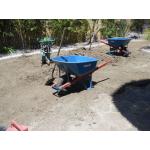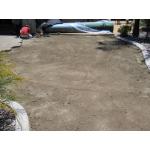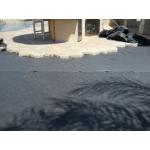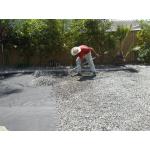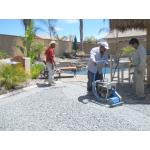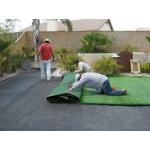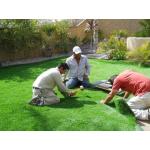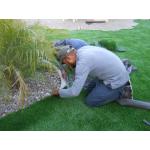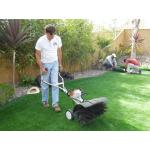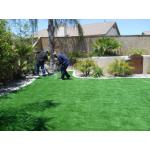Synthetic/Artificial Turf Installation
Since the early 1990s, the use of synthetic grass has been driven primarily by two functions: the quality and variety of synthetic grasses that are available has improved dramatically, and cities and water conservation organizations have begun realizing the value of artificial grass as a conservation measure. It also requires less maintenance and care.
- Reduce water usage by replacing regular lawn with artificial turf.
- Artificial turf can be a better solution when the environment is particularly hostile to natural grass. An arid environment or one where there is little natural light are examples.
- Artificial turf can withstand significantly more use than natural grass and can therefore be used much more frequently.
- It is also a solution for homeowners who find the upkeep of lawns too much work.
- Great for dogs. Natural grass will yellow due to urine burns. Synthetic grass will stay nice and green.
- Suitable for roof gardens and swimming pool surrounds.
- When properly installed has excellent drainage characteristics.
Installation Steps:
- 1. Remove the existing sod vegetationr
- 2. Install concrete border
- 3. Cap off the existing sprinkler system
- 4. Remove soil to about 3-4 inches
- 5. Install base materials type depends on application
- 6. Compact the soil
- 7. Install heavy base cloth
- 8. Install larger gravel and compact
- 9. Install smaller gravel and compact
- 10. Apply a weed guard
- 11. Install synthetic grass using 6 inch and 10 inch nails
- 12. Cinch up the perimeter
- 13. Power brush the synthetic grass
- 14. Apply the in-fill and rake in
- 15. Clean Up



